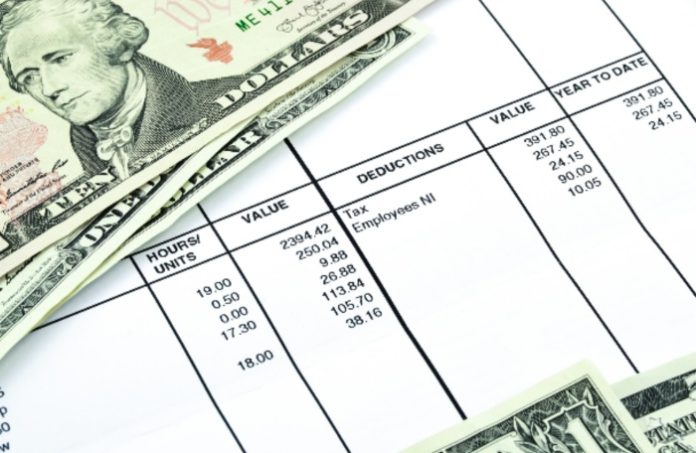More than half of the US workforce has experienced an error with their paycheck at some point in their careers. That’s 82 million people finding something wrong on their paycheck.
Reading your pay stub correctly is vital to ensure you catch any errors on your pay stub. Read this guide and learn the ins and outs of reading your pay stub.
Basic Information
Your paycheck should include the basic information for you and your employer. For your information, there should be your name, address, and phone number.
There should also be the basic contact information for your employer. This will include at least the company name and address.
The individual paycheck information should be included. These are the dates for the pay period that the paystub is for.
Gross Earnings
It doesn’t matter whether your employer hand creates your paystub or hires a service such as www.paystubs.net to generate your paystub; you should always start with the gross earnings. This is the total amount of money you’ve earned.
You need to know this number because it’s the amount you’ve earned before deductions and taxes get taken out. You’ll need to know this number for your taxes or if you decide to apply for a loan.
Deductions
Depending on the deduction, it can be either pre or post-tax. Pre-tax deductions get taken out of your gross earnings before taxes get determined. Post-tax deductions are determined after the taxes get calculated.
Typical deductions are for employer-sponsored services such as health insurance, 401k, or pension contributions. Pre-tax deductions are more useful because they lower your taxable income and reduce your total tax liability.
Taxes
There are two lines for taxes. One of which you’re responsible for and the other your employer is responsible for. Your portion will get taken out of your gross earnings. The employer portion of taxes covers Social Security and Medicare liabilities.
Your tax liability also includes income taxes in addition to the Social Security and Medicare contributions. Depending on the state you live in, this could be just federal taxes, or federal and state income taxes.
Most employers include the total for the single paycheck, and the total paid for the year up to that paycheck.
Reimbursements
This is money added back into your paycheck by your employer. It’s typically money reimbursing you for purchases you’ve made in relation to your employment. Reimbursements can vary from one employer to the next based on their individual policies.
This money is not considered income, so it’s added back into your paycheck after taxes get determined.
Check Amount
This is the number that most people focus on; it’s the amount of money that will go into your bank account. It’s the gross earnings minus the deductions and taxes and plus the reimbursements.
Become a Pro at Reading Your Pay Stub
By looking for these amounts on your paycheck, you can be confident that your paycheck is correct each payday. Reading your pay stub isn’t fun, but necessary to ensure the correct amount is used for deductions, taxes, and reimbursements.
Check out our blog for more helpful articles like this one.
Readers Might Also Like:
 How Much Do Artists Really Get Paid For Streams – A Financial Breakdown
How Much Do Artists Really Get Paid For Streams – A Financial Breakdown
 5 Attractive Gifts for Men with Beards
5 Attractive Gifts for Men with Beards
 How To Eat Out & Save Money In NYC
How To Eat Out & Save Money In NYC

